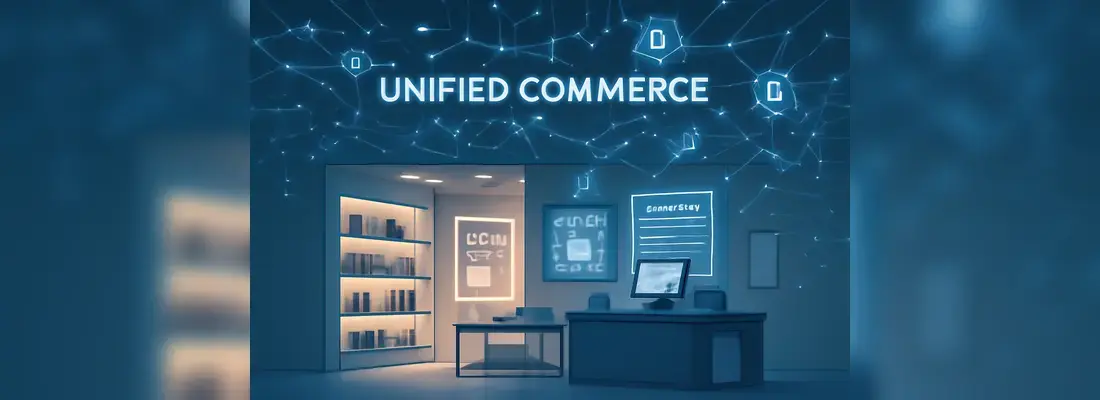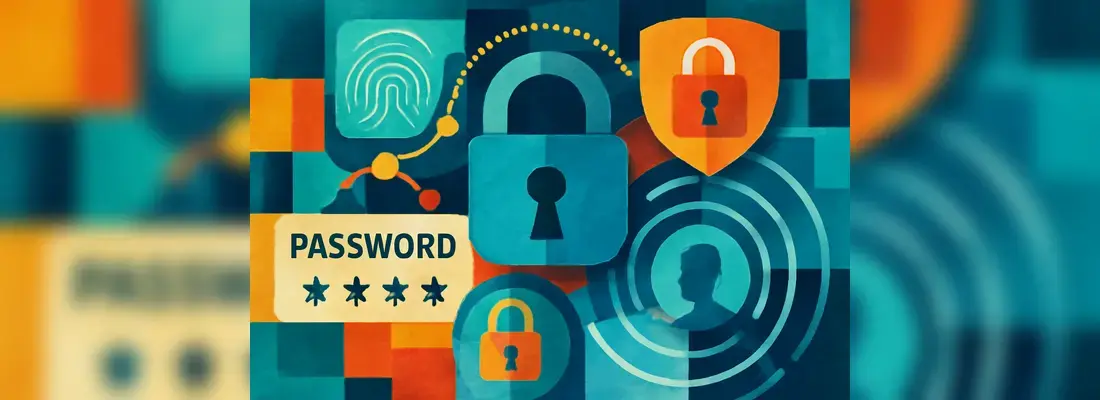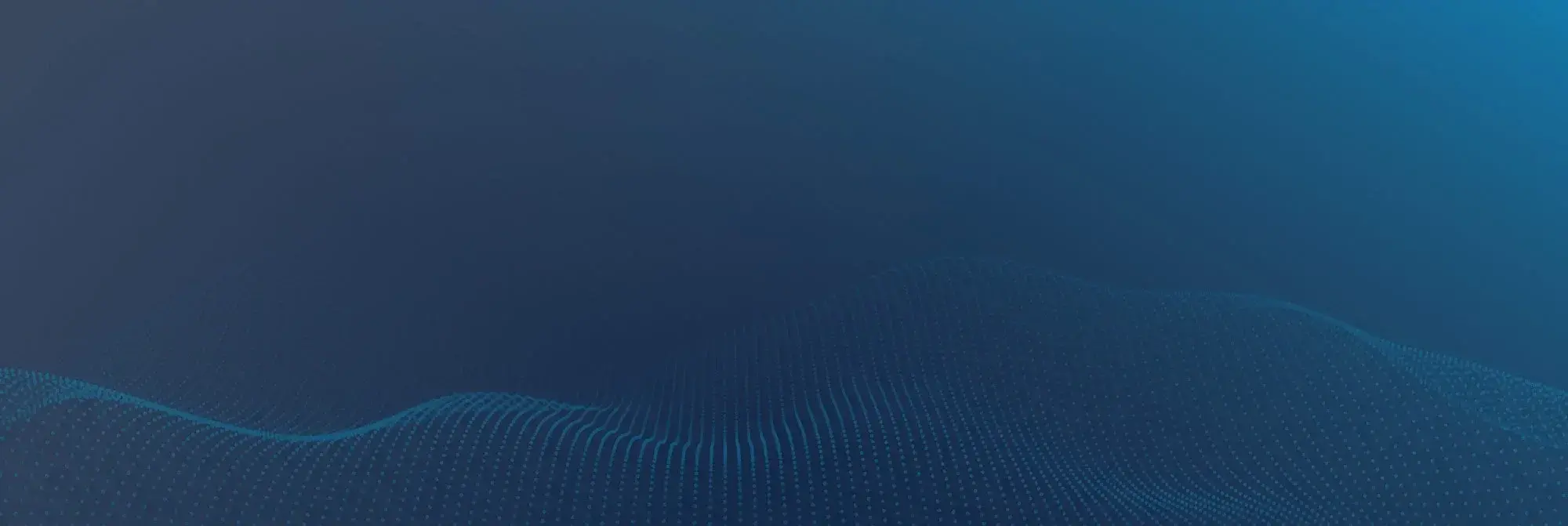Date: 21 July 2025
How to Build a Secure Organisation?
Building a secure organisation is way more than just policies. It requires practical defense strategies to be applied to all resources. Here are five key areas every company should focus on:
1. Secure Desktop Endpoints
Desktops and laptops are targets in an attack. Protecting them is essential. For this:
- You can use antivirus and anti-malware tools to detect and block threats.
- Try to tighten the defence by updating your devices.
- Setting automatic locks on the screen can help. You can minimise unauthorised usage when a device is left unattended in this way.
- Full-disk encryption can help protect data if a device is lost or stolen.
- Tools for Endpoint Detection and Response (EDR) can identify suspicious behaviour and support faster investigation.
- If you apply the principle of least privilege, you can give selected access to the files and systems.
2. Block Phishing and Email-Based Threats
Email is one of the most popular ways for cyber attacks to occur. To avoid these threats:
- Try to use email filtering tools to detect and block suspicious links and attachments.
- You can train your employees to detect and report phishing attempts. They need to look for unfamiliar links or spoofed domains.
- Switch on multi-factor authentication (MFA) for all email accounts. This step will protect you from compromised credentials.
- You can also use email authentication protocols like SPF, DKIM, and DMARC. Using these can prevent attackers from impersonating your organisation.
3. Control User Access
Limiting who can access what is one of the most effective ways to reduce the risk of breaches:
- You can employ role-based access control (RBAC). This will allow you to assign permissions based on specific job responsibilities.
- For sensitive data and accounts, you can turn the multi-factor authentication (MFA) on.
- Set strong password policies. Make sure that passwords are complex and discourage reuse across different systems.
- Check access rights as well. In this way, only active employees will get the needed access.
- You should also use identity and access management (IAM) tools. These will help in making your onboarding and offboarding secure.
4. Segment Networks
When attackers breach one part of the network, segmentation can stop them from going on. It limits impact and gives you time to respond. To do so:
- To do this, you need to divide your network by function. Separate departments like finance, HR, production, and guest networks to isolate sensitive systems.
- Use firewalls and access controls between segments. This will help you monitor traffic and communication.
- Use VLANs and subnetting to organise traffic and limit unnecessary data flow between departments.
- Using micro-segmentation through software-defined networking can give you even greater control.
5. Protect Mobile Phones and BYOD Devices
Mobile phones and BYOD rules have become common. They provide flexibility, but they also increase the risks. To minimise this, organisations need to treat mobile security as a priority, and that includes monitoring device activity.
Xnspy is one such phone monitoring app that tracks mobile usage within your business. It gives real-time updates and continuous monitoring features. These allow security teams to detect suspicious activity as it occurs. Since the app runs in hidden mode, users can’t detect or remove it.
Xnspy includes a range of features that help in securing your business’s data:
- Xnspy’s screen recording feature takes screenshots at regular intervals. It allows security teams to see how employees are using their phones.
- The app can monitor emails and messages from WhatsApp, Messenger, Viber, and others. This visibility can help you see data leaks or external threats.
- Xnspy logs visited websites so that IT and security teams can detect unsafe browsing patterns or policy violations on company-connected devices.
- If your business faces a security breach or device theft, you can remotely lock the device or wipe all sensitive data.
- This phone monitoring app provides a full list of installed applications. By viewing this list, you can spot dangerous software that may compromise security.
Conclusion: Cybersecurity is a Leadership-Level Issue
Cybersecurity is no longer just an IT issue. It is a core part of business strategy. If you want to stay protected, it is important for your CISOs and executives to work together. That means that CISOs have to turn technical risks into business language.
By doing this, executives can make smart investments for protection and response. We get that cyber threats are constant. However, if you implement a shared approach, you can respond faster and limit damage.






.webp)
.webp)
